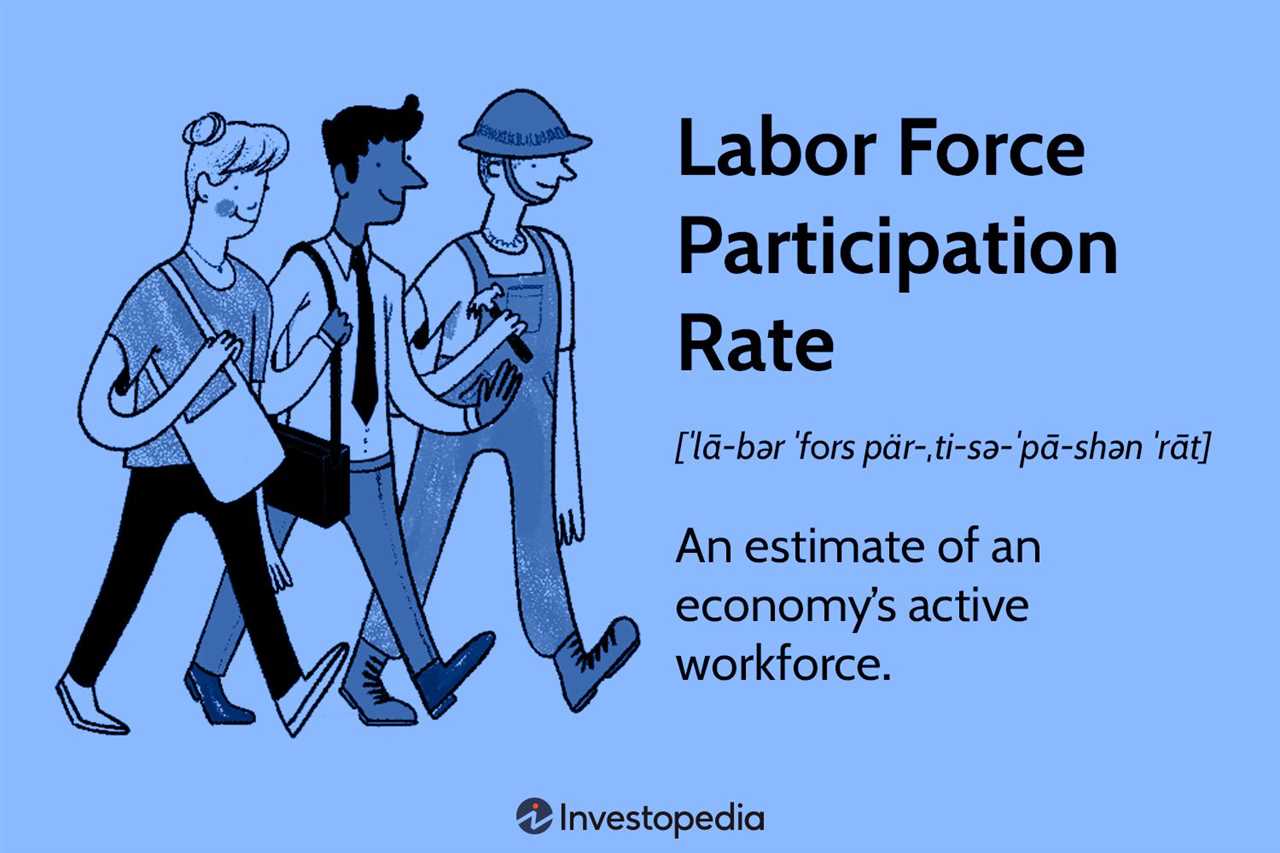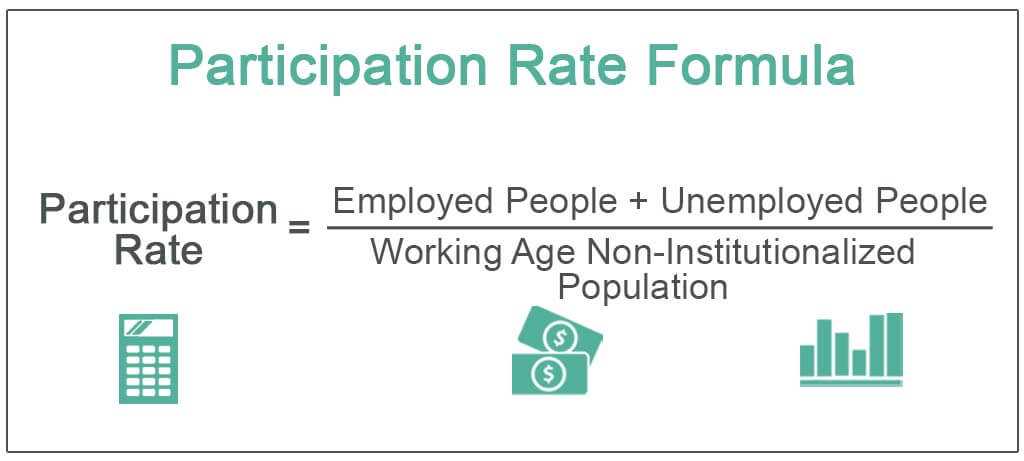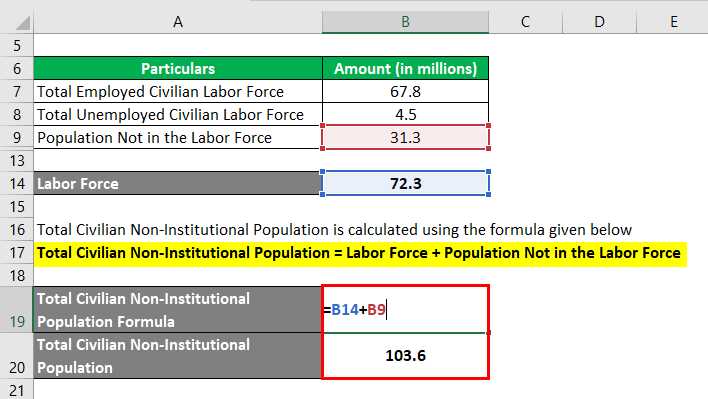Purpose of Labor Force Participation Rate
The labor force participation rate is a key economic indicator that measures the percentage of the working-age population that is either employed or actively seeking employment. It provides valuable insights into the overall health and dynamics of the labor market.
Importance of Labor Force Participation Rate
The labor force participation rate is an important metric for policymakers, economists, and researchers as it helps them understand the level of engagement of the working-age population in the labor market. A high labor force participation rate indicates a strong economy with ample job opportunities, while a low rate may suggest a weak labor market with limited employment prospects.
By analyzing the labor force participation rate, economists can assess the effectiveness of labor market policies, identify trends in workforce demographics, and evaluate the impact of economic factors on employment. It also helps in forecasting future labor market conditions and making informed policy decisions.
Factors Affecting Labor Force Participation Rate

Economic conditions, such as job availability, wages, and economic stability, also play a significant role in determining the labor force participation rate. During periods of economic downturns, individuals may become discouraged and drop out of the labor force, leading to a decline in the participation rate.
Interpreting the Labor Force Participation Rate
The labor force participation rate is typically expressed as a percentage and can be interpreted in different ways. A high participation rate suggests a robust labor market with a high level of workforce engagement. On the other hand, a low participation rate may indicate structural issues, such as a lack of job opportunities or barriers to entry.
Conclusion

Formula for Calculating Labor Force Participation Rate

The labor force participation rate is a key economic indicator that measures the percentage of the working-age population that is either employed or actively seeking employment. It provides insights into the overall health of the labor market and the level of economic activity in a country.
The formula for calculating the labor force participation rate is relatively straightforward:
Labor Force Participation Rate = (Labor Force / Working-Age Population) x 100
The working-age population, on the other hand, refers to the total number of individuals who are of working age, typically defined as those between the ages of 16 and 64. This population includes both those who are currently in the labor force and those who are not.
By dividing the labor force by the working-age population and multiplying the result by 100, we can determine the labor force participation rate as a percentage.
For example, if a country has a labor force of 100 million people and a working-age population of 150 million, the labor force participation rate would be calculated as:
(100 million / 150 million) x 100 = 66.67%
This means that 66.67% of the working-age population is either employed or actively seeking employment.
The labor force participation rate can vary significantly across different countries and over time. It is influenced by a variety of factors, including demographic changes, economic conditions, government policies, and cultural norms regarding work and gender roles.
Monitoring changes in the labor force participation rate is important for policymakers, economists, and businesses as it provides valuable insights into the dynamics of the labor market and can help inform decision-making related to employment, economic growth, and social welfare.
Current Trends in Labor Force Participation Rate
One of the notable trends in labor force participation rate is the decline in recent years. This decline can be attributed to various factors, including demographic changes, technological advancements, and changes in labor market dynamics.
Demographic changes, such as an aging population, have contributed to a decrease in labor force participation rate. As individuals reach retirement age, they often exit the labor force, leading to a decrease in the overall participation rate. Additionally, younger individuals may choose to pursue higher education or engage in other activities, which can temporarily remove them from the labor force.
Technological advancements have also had an impact on labor force participation rate. Automation and digitalization have led to the displacement of certain jobs, particularly those that involve routine tasks. This has resulted in a decrease in the demand for certain types of workers, leading to a lower participation rate.
Changes in labor market dynamics, such as shifts in industry composition and the rise of the gig economy, have also influenced the labor force participation rate. The gig economy, characterized by short-term contracts and freelance work, has provided individuals with more flexibility in their work arrangements. As a result, some individuals may choose to participate in the labor force on a part-time or temporary basis, leading to a decrease in the overall participation rate.
It is important to note that the labor force participation rate can also be influenced by government policies and economic conditions. For example, during periods of economic downturn, individuals may become discouraged and stop actively seeking employment, leading to a decrease in the participation rate. Conversely, during periods of economic growth, individuals may be more optimistic about job prospects and actively enter or re-enter the labor force, resulting in an increase in the participation rate.

Emily Bibb simplifies finance through bestselling books and articles, bridging complex concepts for everyday understanding. Engaging audiences via social media, she shares insights for financial success. Active in seminars and philanthropy, Bibb aims to create a more financially informed society, driven by her passion for empowering others.
